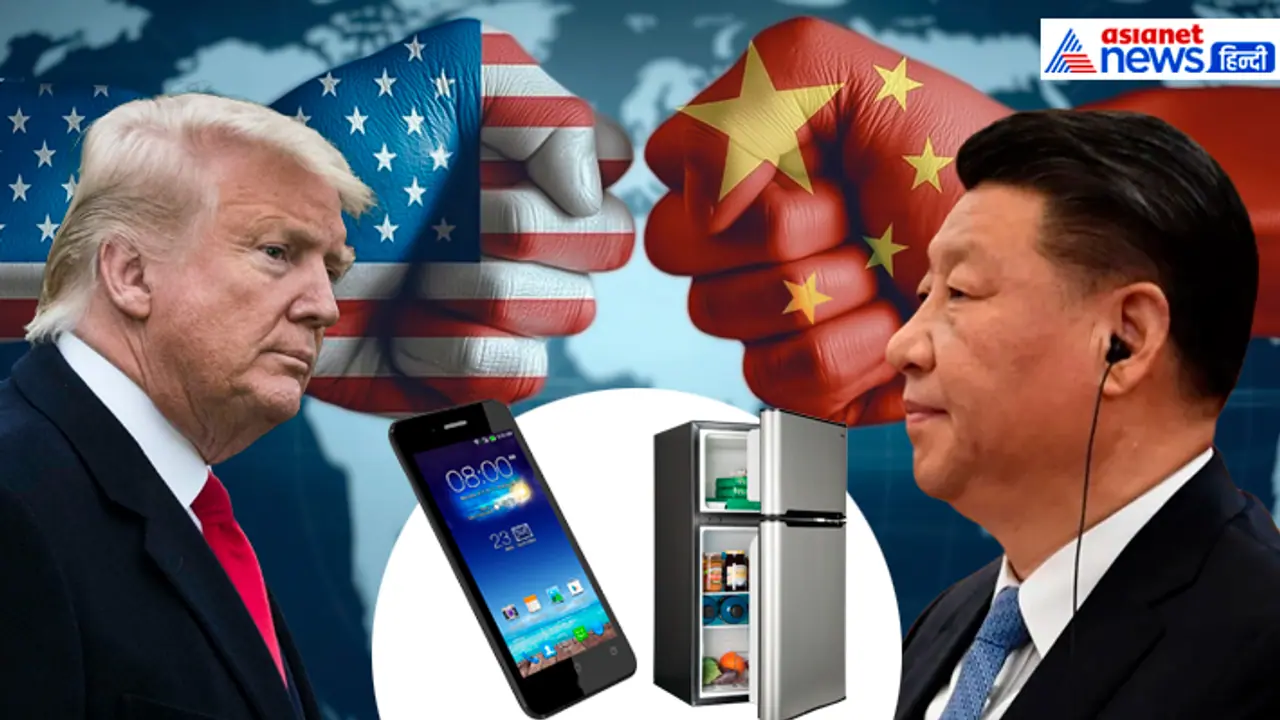Trump has raised tariffs on Chinese imports to 245%, escalating trade tensions. China pushed back, warning of prolonged conflict. Markets dropped globally, while U.S. firms scramble to restructure supply chains amid growing uncertainty.
The White House has confirmed that Chinese imports could now face tariffs as high as 245% under U.S. President Donald Trump’s latest trade measures.

The sweeping hikes target critical sectors including electric vehicles, semiconductors, solar products, and medical equipment, marking a sharp escalation in U.S.-China trade tensions.
According to a fact sheet released by the White House, the 245% rate reflects China's retaliatory tariff levels following Washington's earlier imposition of 145% duties. Prior to the latest revision, Chinese exports to the U.S. were subject to up to 145% in duties.
President Trump had earlier imposed a blanket 10% baseline tariff on all countries, along with “individualised reciprocal tariffs” on nations with whom the U.S. runs large trade deficits. The move, part of Trump’s “Fair and Reciprocal Plan,” is intended to counter what he calls unfair and non-reciprocal trade practices and restore balance in global trade.
In response to growing diplomatic pressure, the administration temporarily paused these higher tariffs for 90 days—except for China. “More than 75 countries have already reached out to discuss new trade deals,” the White House said. “As a result, the individualised higher tariffs are currently paused amid these discussions, except for China, which retaliated.”
Trump’s firm stance on trade reciprocity—reaffirmed since his return to office—has sent tremors through global financial markets. Asian and European markets have plunged, and U.S. indices have also taken a hit, as investors fear the tariff escalation could trigger inflation and dampen global economic growth.
China responded cautiously but firmly. “If you want specific figures, please ask the U.S. side,” said a spokesperson for China’s Ministry of Commerce, refusing to confirm the U.S.-claimed rates. Beijing condemned Washington’s moves as “unilateral and protectionist,” warning that it would take “all necessary steps” to safeguard its economic interests.
The tariff hikes reflect rising political rhetoric in the U.S. around reducing reliance on Chinese manufacturing and boosting domestic industry. Trump’s advisers claim the tariffs are necessary to counteract China’s alleged dumping and unfair subsidies that distort global markets.
Chinese state media has warned of a “long trade war” if Washington continues to escalate. Despite signs of strain, Beijing remains defiant, asserting that its economy is resilient and prepared for extended economic friction.
Meanwhile, U.S. businesses are already adapting. Companies in sectors like electronics and automotive have begun shifting supply chains to countries like Vietnam, India, and Mexico to soften the blow of tariffs.
With both superpowers standing firm, the threat of a renewed and prolonged U.S.-China trade war appears imminent—raising concerns about broader implications for global trade and economic stability.


